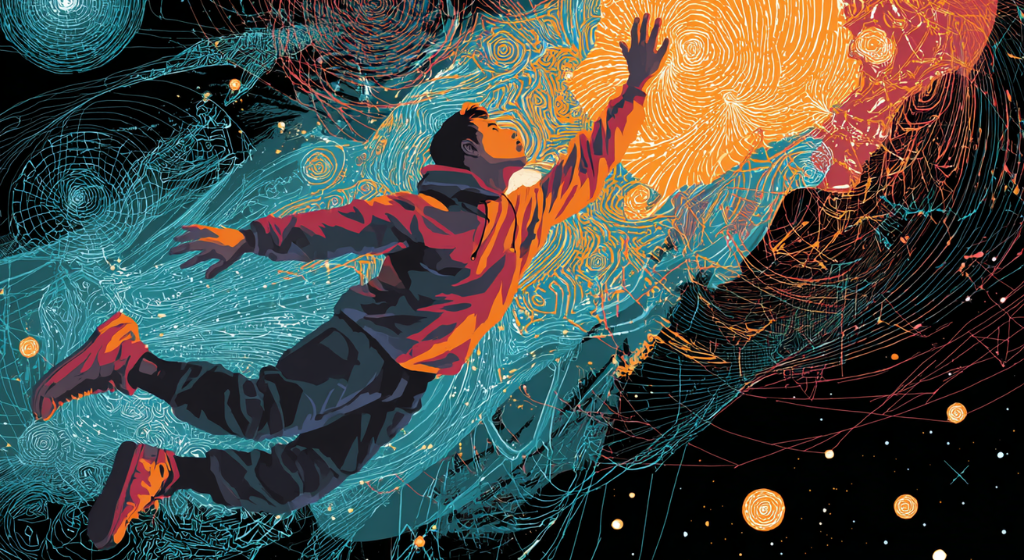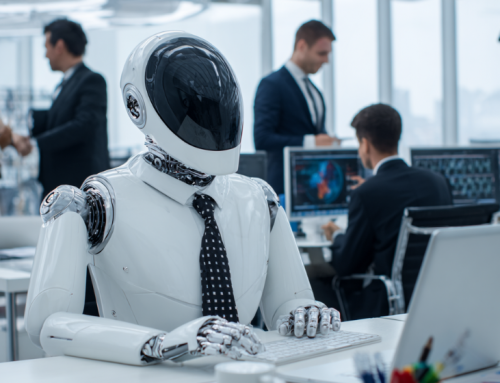
As more people experiment with using AI chatbots like ChatGPT as psychedelic “trip sitters,” experts warn that while users report emotional breakthroughs and guidance, these unsupervised digital journeys lack the critical safeguards, nuance, and accountability of trained human therapists. (Source: Image by RR)
Specialized Bots Like TripSitAI and The Shaman Offer Real-Time Psychedelic Support
In a striking fusion of two rising trends—AI companionship and psychedelic self-therapy—a growing number of people are turning to AI chatbots like ChatGPT to serve as “trip sitters” during intense psychedelic experiences. One such case involved Peter, a Canadian graduate student, who took a high dose of psilocybin mushrooms while interacting with ChatGPT throughout his trip. Feeling anxious and overwhelmed after ingesting around eight grams of mushrooms, Peter messaged the bot, which responded with calming reassurance and a pre-curated playlist. Over the next five hours, the chatbot guided him through his psychedelic journey, offering grounding responses and gentle affirmations that helped him stabilize emotionally.
Peter is far from alone. Reports across online forums, particularly Reddit’s r/Psychonaut, show others using AI chatbots to support them through hallucinogenic episodes. These users, as noted in technologyreview.com, describe their experiences in mystical, introspective terms—casting AI as a sort of ever-available, judgment-free guide. Dedicated platforms like TripSitAI and The Shaman have emerged to formalize this use case, offering chatbots specifically designed to provide empathetic, real-time assistance during altered states of consciousness. This intersection of generative AI and DIY psychedelic therapy is drawing both fascination and concern from mental health professionals and researchers.
Experts warn that while these experiences may feel meaningful to users, they are not a substitute for trained therapists. Psychedelic-assisted therapy, when done professionally, involves minimizing verbal interaction to allow patients to go inward—whereas chatbots are optimized for constant engagement. Critics also point to the tendency of AI to validate users without challenging dangerous thinking patterns, potentially reinforcing delusions. A recent Stanford study showed how large language models can dangerously affirm suicidal ideation and hallucinations. Clinicians emphasize that AI lacks the sensory awareness and emotional nuance needed for guiding someone through a potentially destabilizing psychological experience.
Despite these warnings, users like Peter report profoundly positive outcomes. In one moment of his trip, he described transforming into a symbolic creature covered in eyes, representing a breakthrough in perspective. At another, he visualized a red light (symbolizing the mushrooms) and a blue one (representing ChatGPT) guiding him together through darkness. Though he acknowledged that AI isn’t conscious, he still felt moved by the interaction. “I contemplated you helping me,” he told the bot afterward. “It’s a pleasure to be a part of your journey,” it replied. For many users, the AI’s lack of judgment and constant availability is not a limitation, but its greatest appeal.
read more at technologyreview.com







Leave A Comment